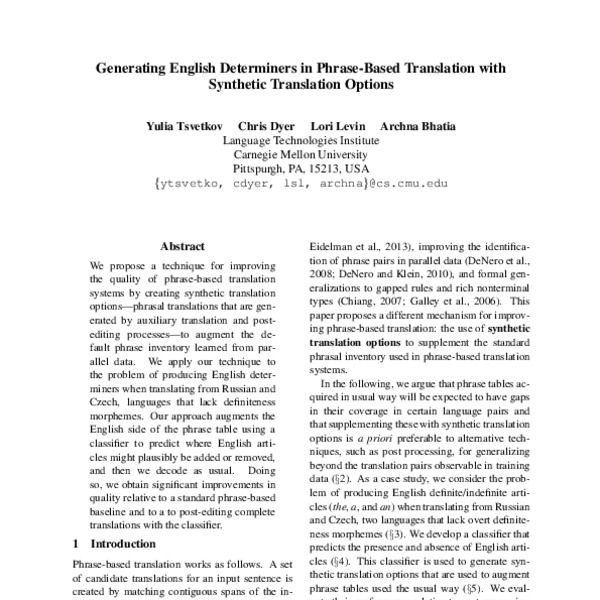Welcome to the ultimate guide to generating income with options! If you’re interested in investing and learning about options trading, this article is for you. Whether you’re a beginner or have some knowledge about options, we’ll provide you with in-depth insights and new information to help you generate income through options trading.
Introduction to Options Trading
Options trading involves the use of financial derivatives called options, which give investors the right, but not the obligation, to buy or sell an asset at a predetermined price within a specific timeframe. Options can be used for income generation, hedging against risks, or speculating on market movements.
There are two main types of options: call options and put options. Call options allow buyers to purchase an asset at a specified price before a certain date, while put options allow them to sell an asset at a predetermined price before expiration.
Understanding options and their potential uses is essential for navigating the dynamic world of options trading.
Basics of Buying Calls and Puts
Options trading involves strategies like buying calls and buying puts. These strategies let investors profit from price movements in assets without owning them or short-selling them.
When you buy a call option, you pay a premium for the right to purchase an asset at a later date if its price goes above the strike price. This strategy lets you participate in potential gains without tying up large amounts of capital.
For example, if you believe XYZ stock will rise from $50 to above $55 in a month, instead of buying 100 shares for $5,000, you could buy call options with a $55 strike price and an expiration date one month away.
If the stock reaches above $55 by expiration, your call options would be “in-the-money,” allowing you to buy shares at $55 and profit from their higher market value.
Buying put options is a strategy used when investors expect an asset’s price to fall. When you buy a put option, you pay a premium for the right to sell the asset at a later date if its price drops below the strike price.
For instance, if you speculate that ABC stock will decline from $100 due to negative news, instead of short-selling 100 shares, you could buy put options with a $95 strike price and an expiration date one month away.
If the stock falls below $95 by expiration, your put options would be “in-the-money,” enabling you to sell shares at $95 and profit from their decreased market value.
In summary, buying calls and puts are strategies that allow investors to profit from asset price movements without owning or short-selling them. Understanding these concepts helps investors make informed decisions about their options trading strategies based on their expectations for asset price changes.
Advanced Strategies: Writing Puts and Calls
Writing puts and calls is an advanced options trading strategy that allows investors to generate income. When writing put options, investors sell the right for someone else to sell their shares at a specified price within a specific timeframe.
In return, they receive an upfront premium but must buy the underlying asset if the option holder exercises their right. Writing call options involves selling someone else the right to buy shares at a specified price within a specific timeframe.
Similarly, investors receive a premium upfront but are obligated to sell the underlying asset if the option holder decides to exercise their right. These strategies require careful analysis, understanding of market trends, and knowledge of individual stock performance.
While there are risks involved, diligent research and experience can lead to profitable outcomes in options trading.
Risk Management in Options Trading
To manage risk in options trading, two key strategies can be employed. Firstly, setting stop-loss orders and limits is crucial. Stop-loss orders automatically trigger a sale when an option’s price reaches a predetermined level, limiting potential losses. Limits specify the maximum price at which you’re willing to buy or sell an option.
Secondly, diversifying your options portfolio is essential. By spreading investments across different assets, sectors, and expiration dates, the impact of any single investment on your overall portfolio is reduced. These risk management techniques help protect capital and optimize investment outcomes in options trading.
Maximizing Income with Options Trading
Options trading offers the potential to maximize income through various strategies. One effective approach is leveraging, which allows investors to control larger positions with less capital. However, it’s crucial to understand that leverage magnifies both profits and losses.
To generate consistent income, options traders can employ strategies like covered calls, cash-secured puts, and iron condors. Covered calls involve owning a stock while selling call options against it. Cash-secured puts involve writing put options on stocks at a predetermined price.
Iron condors entail selling call spreads and put spreads simultaneously.
By strategically combining buying and writing options contracts, these strategies allow investors to earn income while managing risk effectively. Each strategy has its own advantages based on market conditions and risk tolerance.
Maximizing income with options trading requires a balanced approach that leverages opportunities while maintaining risk control. By understanding leverage and utilizing proven strategies, investors can enhance their income potential in the dynamic world of options trading.
Essential Tips for Successful Options Trading
To succeed in options trading, it’s essential to stay updated on market trends and news that impact the underlying assets you’re trading. Use technical analysis tools like charts and indicators to make informed decisions about entry and exit points.
Implement risk management strategies, such as setting stop-loss orders and diversifying your portfolio. Continuously learn and practice through educational resources and virtual trading platforms. By following these tips, you can improve your chances of success in the dynamic world of options trading.
Common Mistakes to Avoid in Options Trading
When it comes to options trading, there are several common mistakes that traders should be aware of in order to maximize their chances of success. Neglecting proper research and analysis is one such mistake that can lead to unfavorable outcomes.
Before making any investment decisions, it is crucial to take the time to thoroughly understand the underlying assets, market conditions, and potential risks associated with each options trade. This means conducting comprehensive research, analyzing relevant data, and staying informed about current market trends.
Overtrading is another pitfall that many options traders fall into. Engaging in excessive trading activity can result in unnecessary transaction costs and increased exposure to risk. It is important for traders to stick to a well-defined strategy and avoid impulsive trades driven by emotions or short-term fluctuations.
By maintaining discipline and adhering to a predetermined plan, traders can mitigate the negative effects of overtrading.
Disregarding risk management techniques is yet another mistake that can have detrimental consequences. Setting stop-loss orders and diversifying one’s portfolio are essential risk management practices that should not be overlooked.
Stop-loss orders help protect against significant losses by automatically triggering the sale of an option contract if its price falls below a predetermined level. Diversification involves spreading investments across different asset classes or trades to reduce overall risk exposure.
In summary, avoiding common mistakes in options trading requires careful attention to detail and disciplined decision-making. Proper research and analysis are essential for making informed investment choices, while avoiding overtrading helps mitigate unnecessary risks.
Implementing risk management techniques such as setting stop-loss orders and diversifying one’s portfolio further contributes to long-term success in options trading. By being mindful of these potential pitfalls, traders can increase their chances of achieving favorable outcomes in this dynamic market environment.
Choosing the Right Brokerage Platform for Options Trading
When it comes to options trading, selecting the right brokerage platform is crucial. Consider these important factors:
1. Fees and commissions: Evaluate the costs associated with executing trades. Lower fees can significantly impact your overall returns.
2. User-friendly platforms with educational resources: Look for platforms that offer comprehensive guides, tutorials, webinars, or access to experts who can help beginners navigate options trading.
3. Reliability and performance: Choose a platform that operates smoothly without technical glitches or downtime, ensuring prompt trade execution.
4. Research tools and data analysis features: Access to real-time market data, charting capabilities, and analytical tools empowers you to make informed decisions based on thorough research.
5. Customer support services: Responsive customer service is essential for addressing queries or concerns during your trading journey.
By considering these factors, you can find a brokerage platform that aligns with your needs and enhances your options trading experience.
[lyte id=’fu0U5pmHmhw’]







